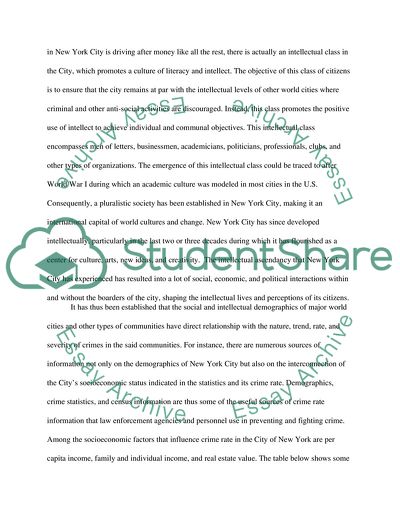Cite this document
(City Demographics and Crime Profile in New York City Essay, n.d.)
City Demographics and Crime Profile in New York City Essay. https://studentshare.org/sociology/1758941-city-demographics-and-crime-profile-in-new-york-city
City Demographics and Crime Profile in New York City Essay. https://studentshare.org/sociology/1758941-city-demographics-and-crime-profile-in-new-york-city
(City Demographics and Crime Profile in New York City Essay)
City Demographics and Crime Profile in New York City Essay. https://studentshare.org/sociology/1758941-city-demographics-and-crime-profile-in-new-york-city.
City Demographics and Crime Profile in New York City Essay. https://studentshare.org/sociology/1758941-city-demographics-and-crime-profile-in-new-york-city.
“City Demographics and Crime Profile in New York City Essay”. https://studentshare.org/sociology/1758941-city-demographics-and-crime-profile-in-new-york-city.


